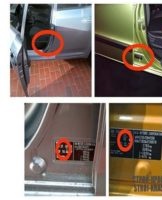How to easily transfer a design from paper to fabric, the 7 best ways and examples
How do you transfer a photographic image or design from paper to fabric? This problem arises among beginner artists, craftsmen and embroidery enthusiasts, and just ordinary people who want to get an exact copy of a picture on a fabric basis. There are several easy ways to transfer a design to fabric. Each method has its own advantages and disadvantages.
With the help of light
You can transfer the outline of any image from paper to textile using light. To do the job, you need to have a clean, ironed cloth and the picture itself. The paper is glued to the window with adhesive tape. The material is spread over the image. It is also fixed with adhesive tape. Then, using a simple pencil, draw the outlines of the image.
You can use a rectangular piece of glass instead of a window. Then the transfer of the image from paper to textiles is carried out in a horizontal position. The glass is placed on the seats of two chairs facing each other. A light source is placed at the bottom - a table lamp.The image and material are attached to the glass with adhesive tape. After fixing the fabric, trace the contours of the design with a simple pencil.
We use an iron
You can make a translation of the image using an ordinary iron. However, in this case it is necessary to purchase paper with a special coating for inkjet printing, designed for thermal transfer of the printed image to light cotton fabric. Such a sheet costs 0.5-1 $.
First you need to select an image and then print it in color on thermal paper. Then lay out the fabric on the table or ironing board.
Above the textiles you need to put a color printed image with the image down. Above image should be ironed with a hot iron (steam mode should be off). As long as the paper is still hot, you should quickly remove it from the fabric. A bright, saturated color image will remain on the surface of the material.
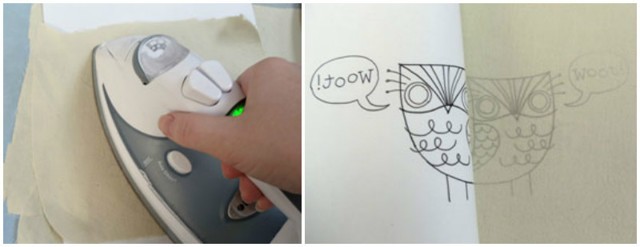
Copy paper
The easiest way is to translate the design into textiles using carbon paper. You can buy a translator in any administrative department. Carbon paper is available in black, white and color. With its help, you can transfer the image to fabric (linen, cotton). This transfer method is typically used for embroidery. It's very simple: a carbon copy is placed on the material, and a paper image is spread over it. The contours of the drawing are drawn with a simple pointed pencil.The image is copied onto the fabric.
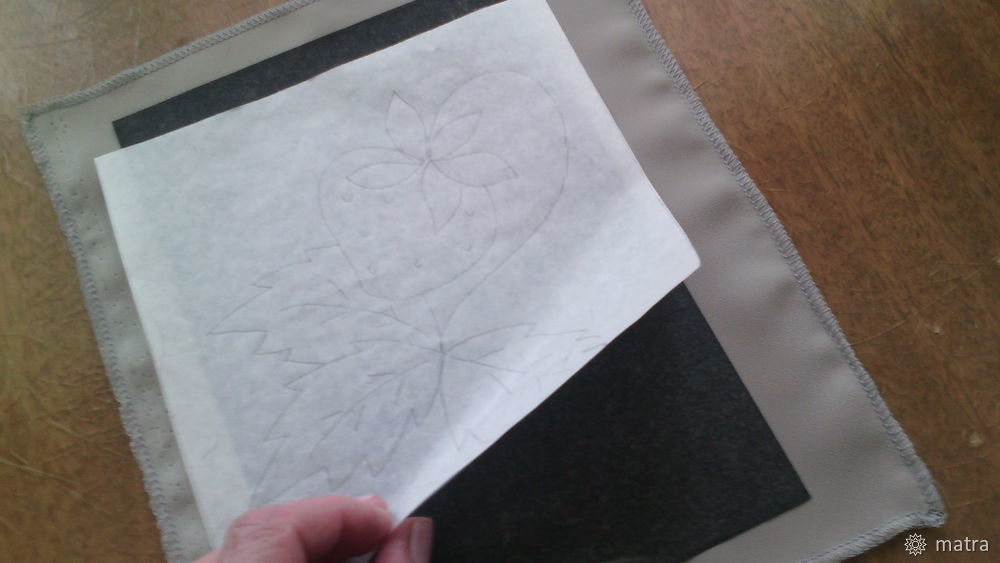
Dusting
You can transfer the drawing to the material in an original way, using toothpowder, crushed chalk or activated carbon, as well as blue. First, create a matrix. It can be used multiple times. This is a piece in which the pattern is pierced along the contour with a sharp object (needle). There are many holes on the surface of the die. The more there are, the higher the precision of the image. All holes are dusted with powder. The matrix is previously attached to the material. For white surfaces, choose a dark powder, for black, on the contrary, light.

Sheer fabric
If you use a transparent material for drawing (organza, nylon, non-woven, voile, silk), the image below will be clearly visible. You can securely fix the fabric on the picture and immediately paint with acrylic or aniline paints. The drawing on base paper must first be fixed on a wooden board with masking tape.
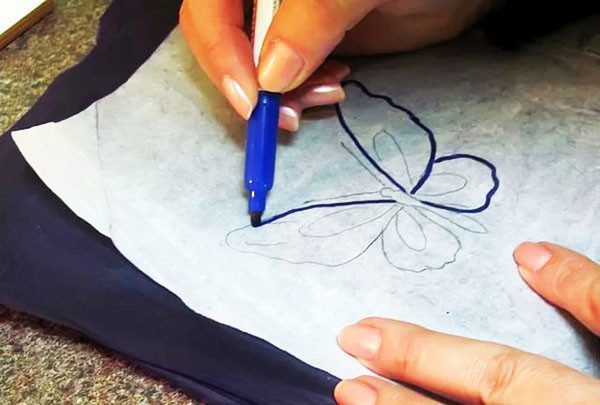
Laser printer
A laser printer and freezer paper will help translate the image into matter. It is best to print the design on a thin white cotton or linen fabric. Freezer paper with a smooth, shiny side should be glued to the fabric with an iron. For printing, cut out a rectangle of A4 size.
On textiles, you can print a color image of any complexity. For this, the glued blank (made of freezer and fabric) is placed in the printer. First of all, you need to make sure that the design will be printed on fabric, and not on paper. Sometimes a non-textile printer can malfunction. In this case, the attempt must be repeated until the printing device accepts the coin.
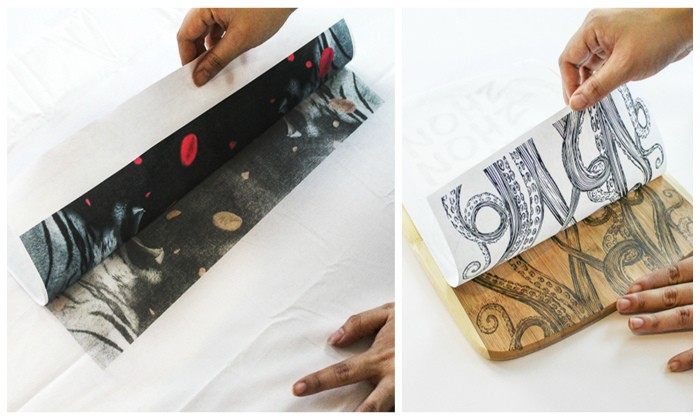
Solvent
For such a translation you will need A4 office paper, solvent for oil paints, cotton swabs, pure white material. You can translate a mirror-printed black and white image or text. The photo paper is applied to the fabric and securely attached. Then, the sheet of paper is impregnated with the oily solvent using cotton. Painting on paper soaks and stains the material. For better adhesion, the sheet of paper should be pressed against the fabric with something hard (spoon).

Sample Decals
On sale you can find ready-made stickers. They are also called applications, thermal transfers or thermal stickers. This is a color image pasted face down on paper. The interior is impregnated with adhesive.
It is very easy to transfer a drawing from a template to a subject.You need to attach the image with the image side down (paper side up) on the fabric and step on it with a hot iron. It is desirable to set the temperature to the maximum.
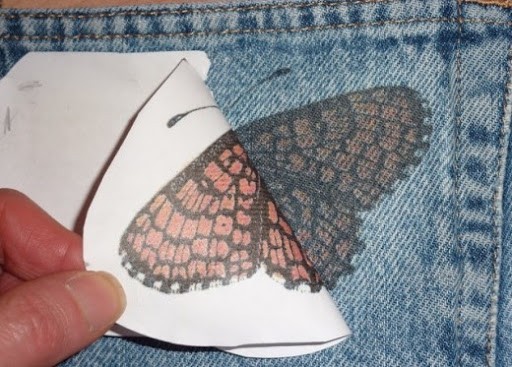
The translation of a drawing into a material is carried out in different ways. The easiest way is to move the outline of the image. To do this, you need a simple ordinary pencil and a carbon copy. The color drawing can also be represented on the material. However, in this case you will need special paper (freezer or thermal paper).


